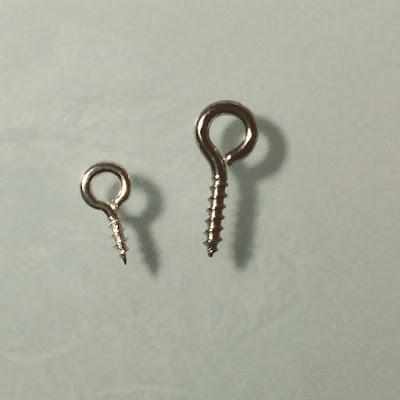Haven't done much, but what I have done, I've done about three times before I have gotten it right. Hah.
So, here you got, the few charms I have done so far. :)
P.S. They are all passable if not terrible photos, sorry.
 |
| Boy in Diaper with monkey kid leash on. (I will have to load a back picture later since I don't have it edited.) |
Thanks for following me oh diligent friends. See you next time. :)








